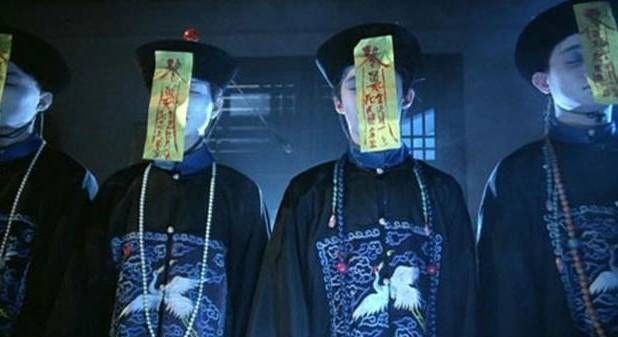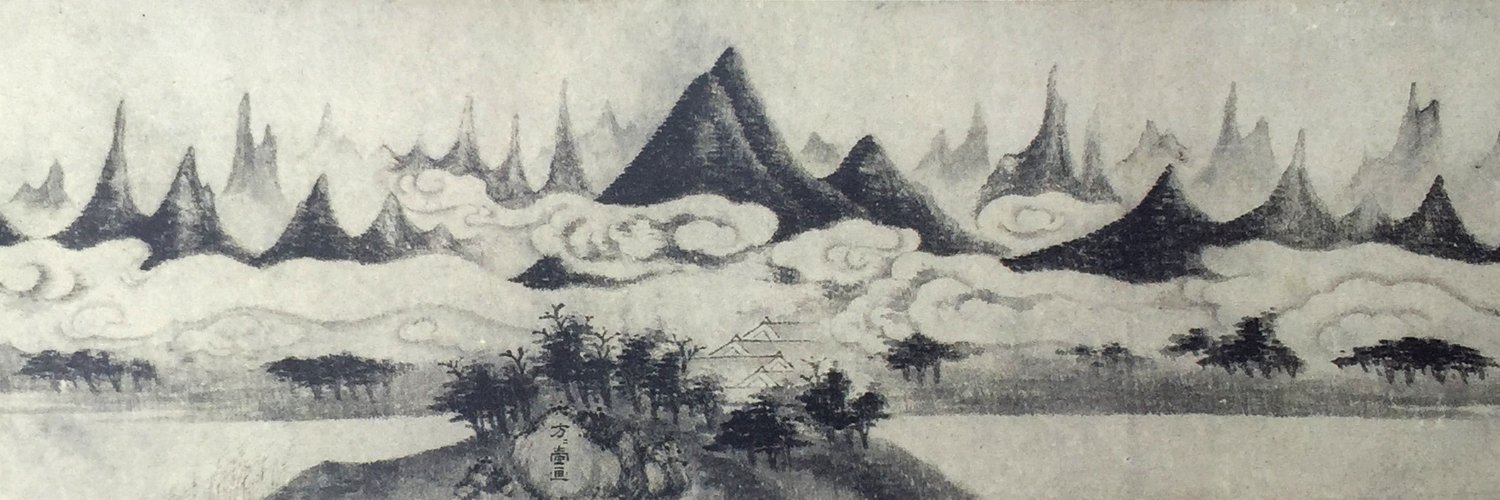
XingWu🐉ChineseFolklore
@x1ngwu
A world of Chinese folklore in art and tales. Translations are my own. Mythology | Yaoguai(妖怪) | Ghost(鬼) | Art | Myth | Fantasy | History
It seems that X has updated the terms and conditions once again. Feel free to check out my other account on Bluesky. I’ll be updating it regularly there, too. 😊 xingwu.bsky.social (Notice it's xingwu, instead of x1ngwu)
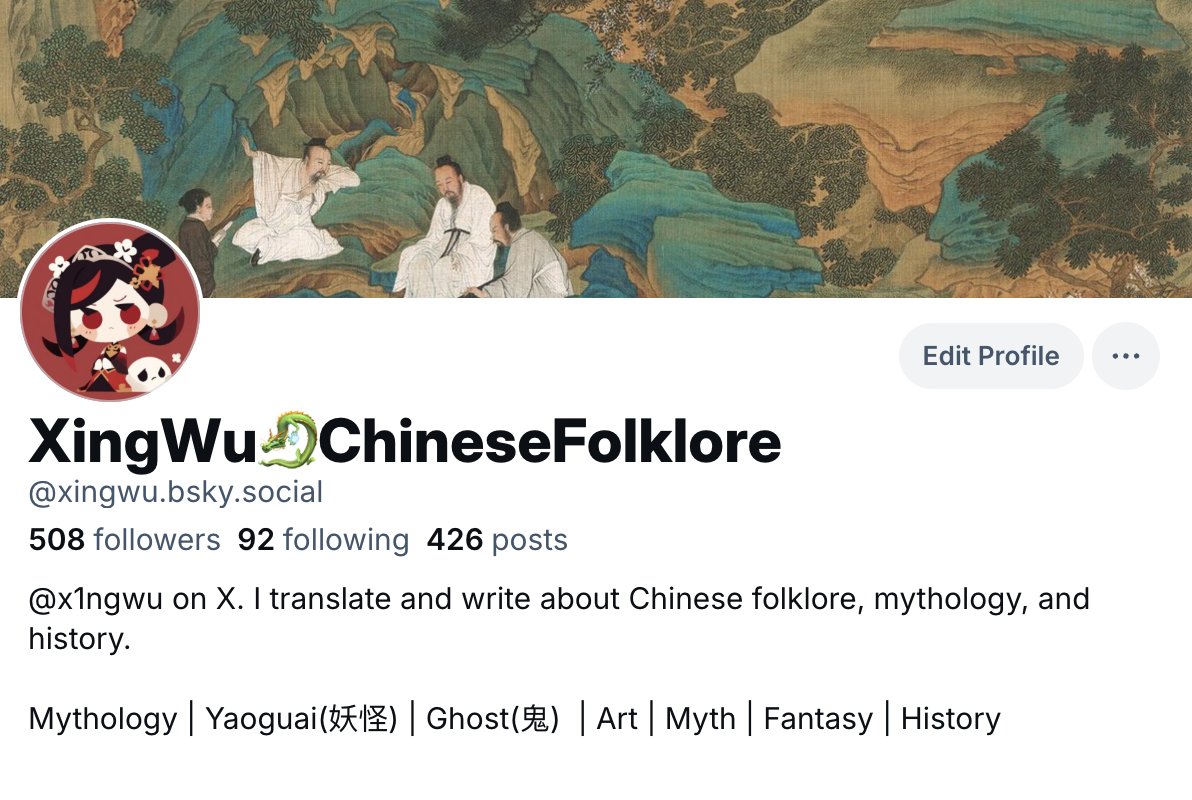
From the misty peaks of Wuyi Mountain comes the Ink Monkey (墨猴)—a tiny yaoguai(yokai) in Chinese folklore, no larger than a fist, with golden fur and eyes that glint like jade. This miniature spirit curls up inside brush holders, sleeping soundly until summoned. Tap the desk,…

Perched at the corners of ancient Chinese eaves, the "Qifeng Xianren" (騎鳳仙人)—the immortal riding a phoenix—is more than an ornamental flourish. Some say it's Jiang Ziya, placed to repel misfortune. Others claim it's King Yu, balancing elemental forces: too many dragons…
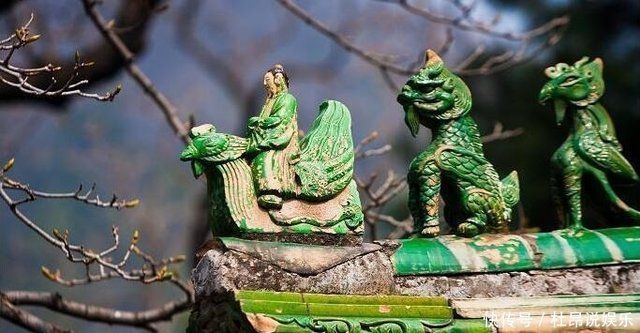
In Daoist belief, "corpse-liberated immortals" (尸解仙, Shijie Xian) are those who transcend the mortal world by shedding their bodies. During the Wei and Jin dynasties, Ge Hong taught that immortality could be cultivated, categorizing it into celestial, earthly, and…
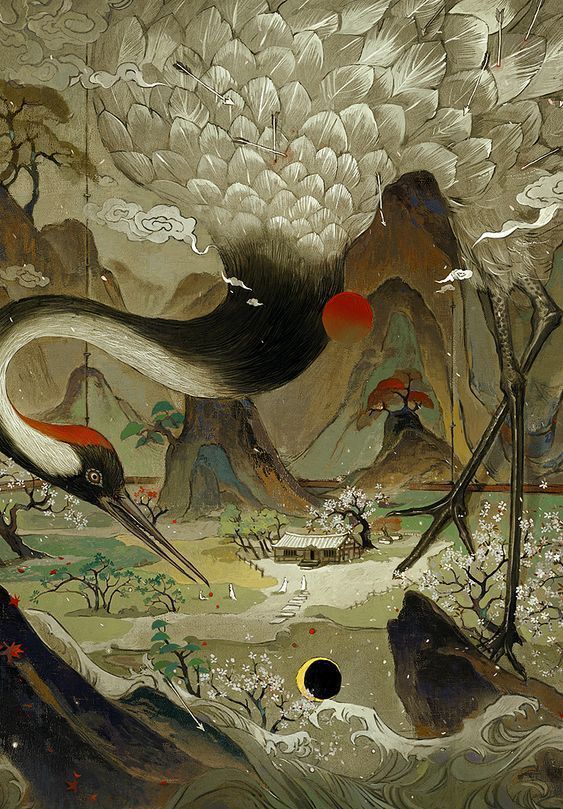
In Chinese mythology legend, the golden toad is a creature of fortune, spitting coins and drawing wealth. Daoist immortal Liu Hai famously tamed one—a thousand-year-old, money-spewing beast. Wherever he walked, silver and gold followed: “Liu Hai plays with the golden toad, money…
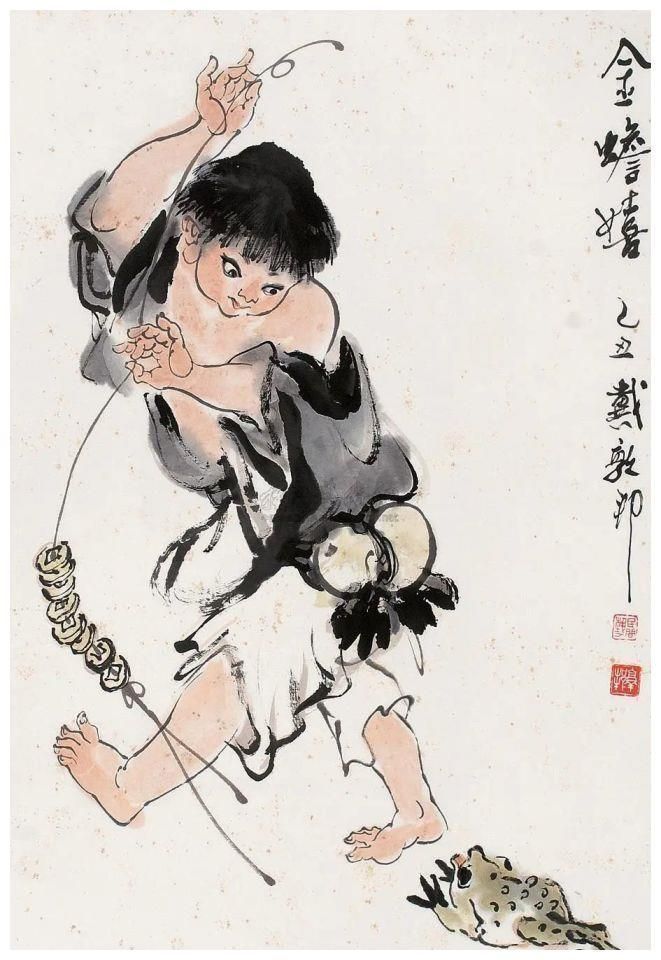
In Daoist #mythology, Wenchang Dijun (文昌帝君) reigns as the divine patron of scholars and exams. A dignified figure of wisdom, he’s often flanked by Tianlong and Diya—Heavenly Deaf and Earthly Mute—who record scholars' fates in silence. Tianlong hears all, but listens to none;…
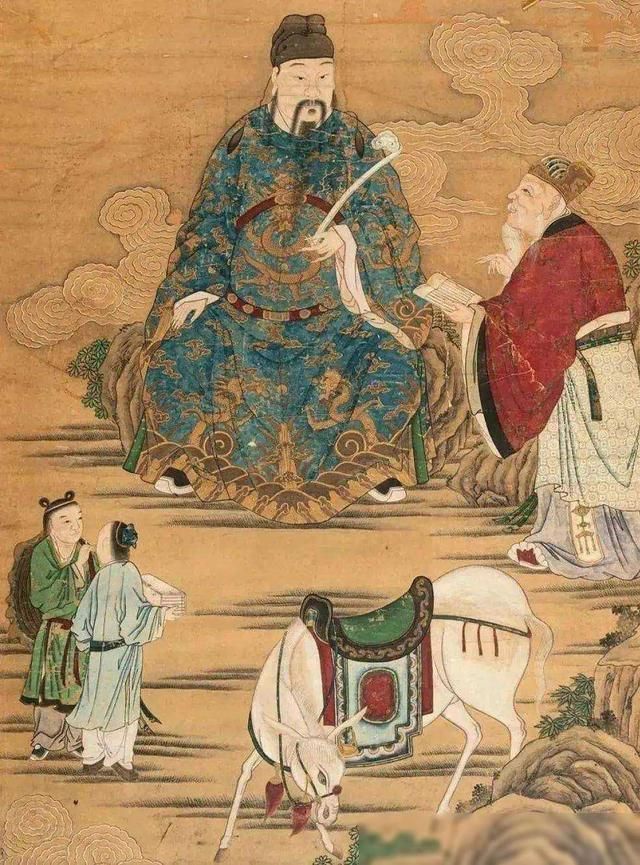
In Chinese folklore, the King of Cats was no ordinary mouser. When an envoy from the Western regions presented a regal feline to Zhu Zhang in Zhuanglang, Shaanxi, Zhu asked what made it worthy of tribute. The envoy replied, “Watch it tonight.” By dawn, dozens of mice lay dead…
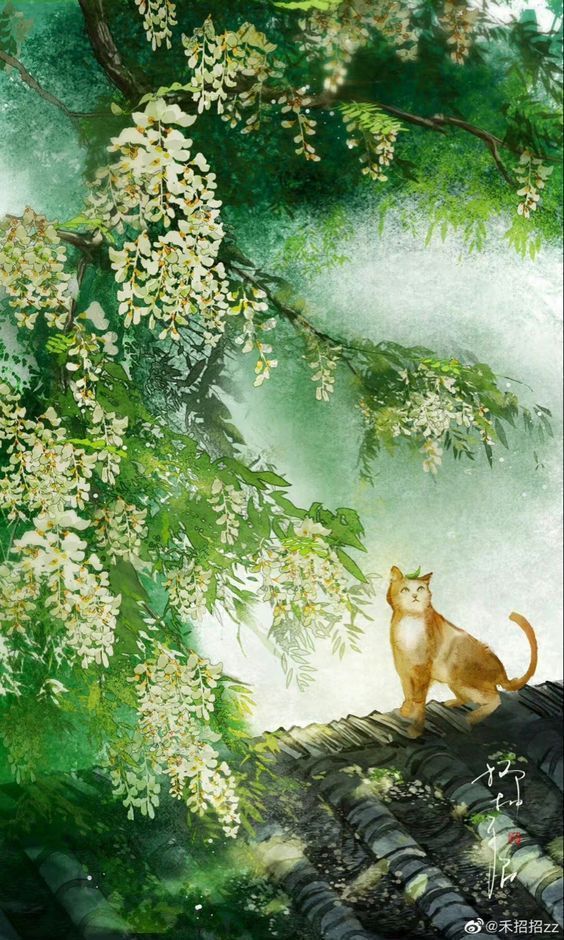
Hangshi (行什) is the tenth ridge beast in ancient Chinese architecture, often perched atop grand halls like the Hall of Supreme Harmony (太和殿). Clutching a vajra pestle and bearing wings, Hangshi embodies Lei Zhenzi—a thunder-wielding figure from legend. More than symbolic,…
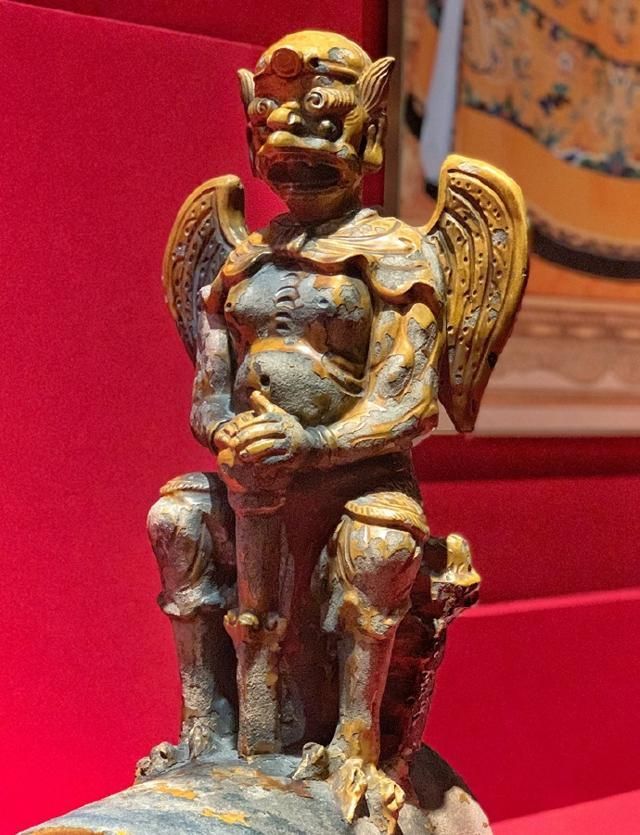
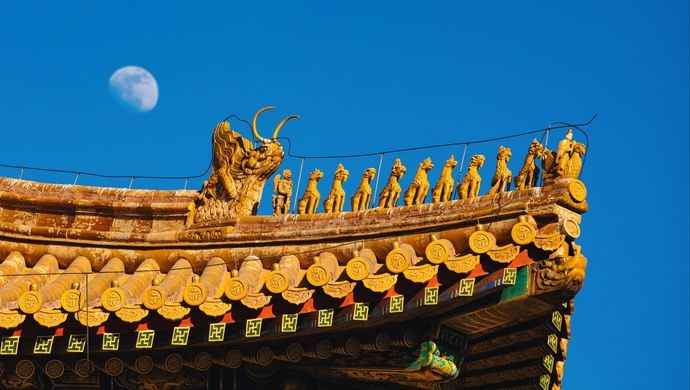
In Miao folklore, life begins with the Butterfly Mother(蝴蝶媽媽) —a spirit born from an ancient maple tree who fell in love with water’s shimmer and laid 12 eggs. The Jiyu bird guarded them for 12 years, and from them hatched 12 divine brothers: Jiangyang, Thunder God, Dragon,…
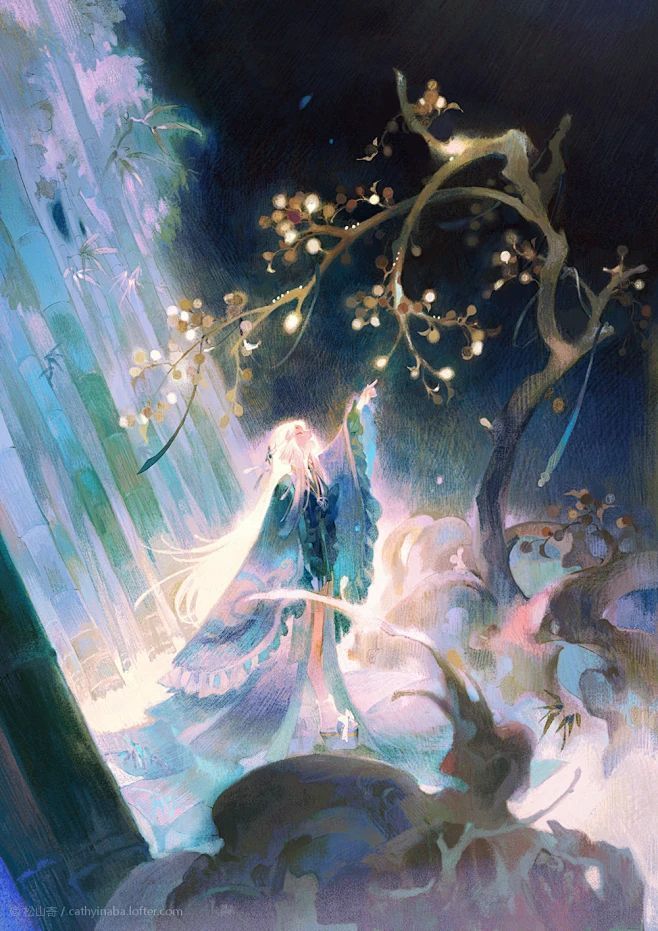
The Wind Lion God (風獅爺), or Stone Lion God (石獅爺), stands watch across rooftops and gates in southern China, warding off misfortune and spirits. But this fierce protector began as something humbler—a mountain cat deity worshipped by the Shanyue people. During the Five…
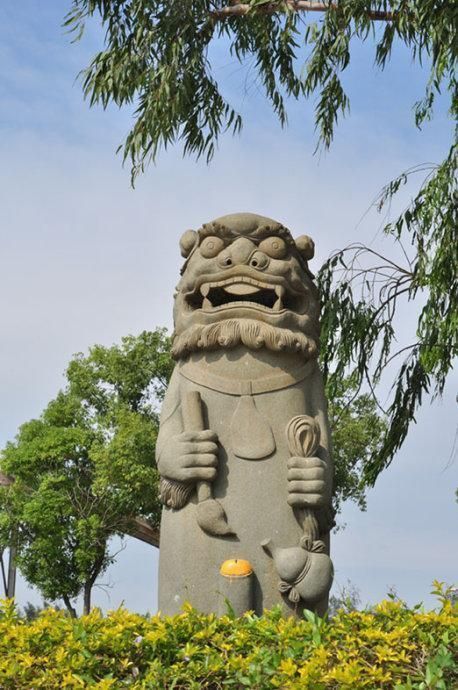
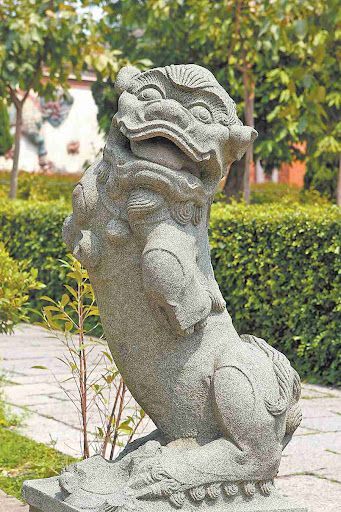
In Chinese mythology, the Roar (吼) is a rabbit-sized beast with pointed ears and terrifying power. Despite its small size—barely a foot long—it can humble even a lion. When brought before the king of beasts, the Roar urinates, and the lion’s flesh begins to rot, paralyzed by…
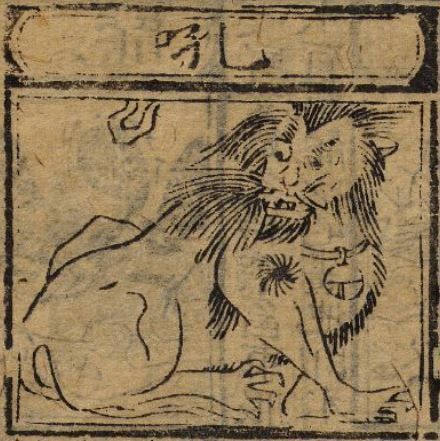
In Chinese folklore, some fox spirits don’t seduce—they shear. This particular kind appears as a stunning, well-dressed woman with one giveaway: a three-foot-long tail she hides carefully, never undressing before others. If spotted, she vanishes in a flash of fur. Often seen…

The Rabbit God (兔兒神) of Fujian is a rare divine figure in Chinese folklore: a guardian of male-male love. Once a mortal named Hu Tianbao, also called Butterfly Bao, he fell for a Qing-era inspector—silently watching him from afar, shadowing his travels, and once, peeking at…
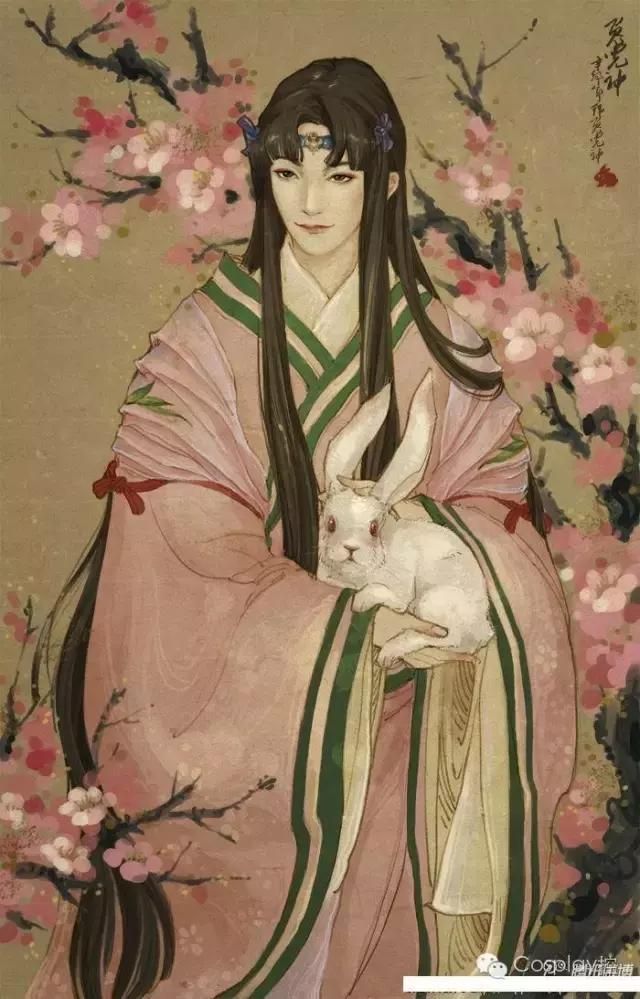
Rabbit Er Ye (兔兒爺, Tu'er Ye) is a moonlit guardian born of clay and legend. With a rabbit’s head, human body, golden armor, and jade pestle, this figure rides lions or tigers, a whimsical warrior of northern Chinese tradition. During a plague in Beijing, the moon goddess…
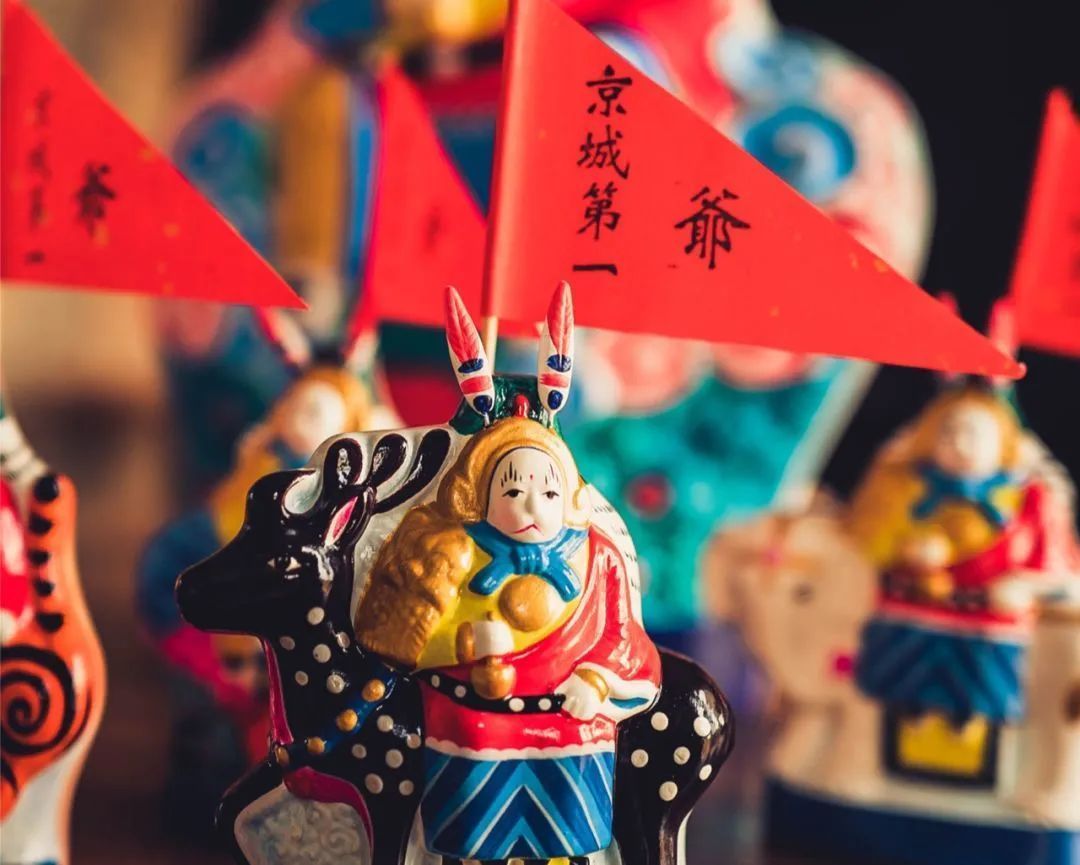
In Chinese folklore, there is a mysterious glow haunts the nights—the Fox Lantern. Said to be lit by fox spirits, it floats high like a silver moon, large as a plate, then dwindles like pearls on a string. Poet Liu Qiaoshan witnessed it twice. In Guilin, ten lights shimmered…
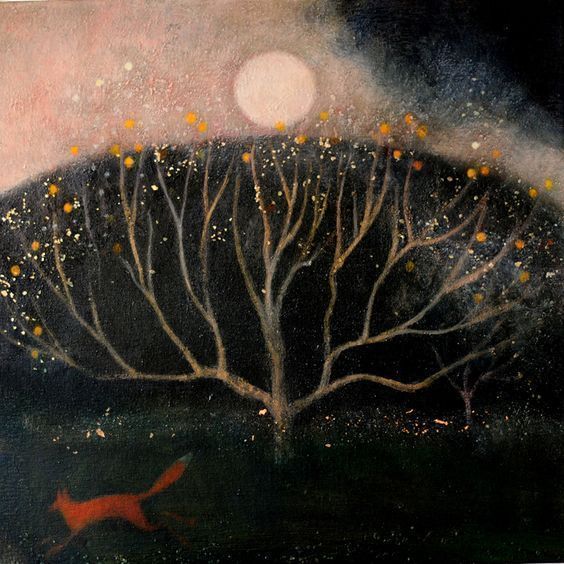
In the murals of Dunhuang’s Mogao Caves, a luminous creature walks between worlds—the Nine-Colored Deer (九色鹿), radiant with snow-white antlers and a coat of shimmering hues. Born from Indian legend but reborn in Chinese folklore during the Northern Wei, this stag speaks the…
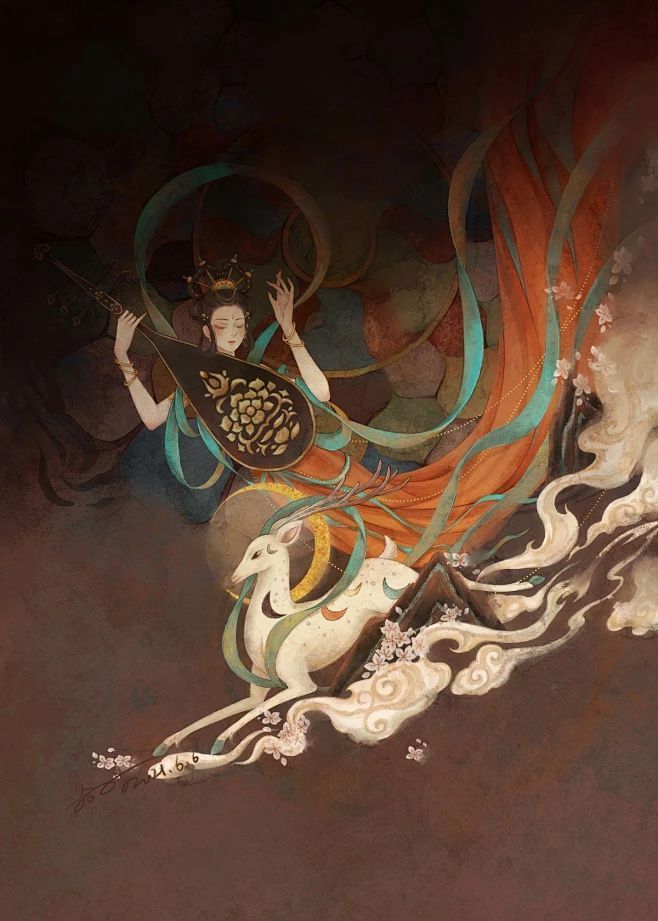
In the mists of rainy Zhejiang during the Jin Dynasty, the Qingyi Woman (青衣女) would appear—a graceful figure cloaked in blue, her umbrella glistening like a lotus leaf. She looked no older than seventeen, with a beauty that drew wandering hearts near. But behind the delicate…
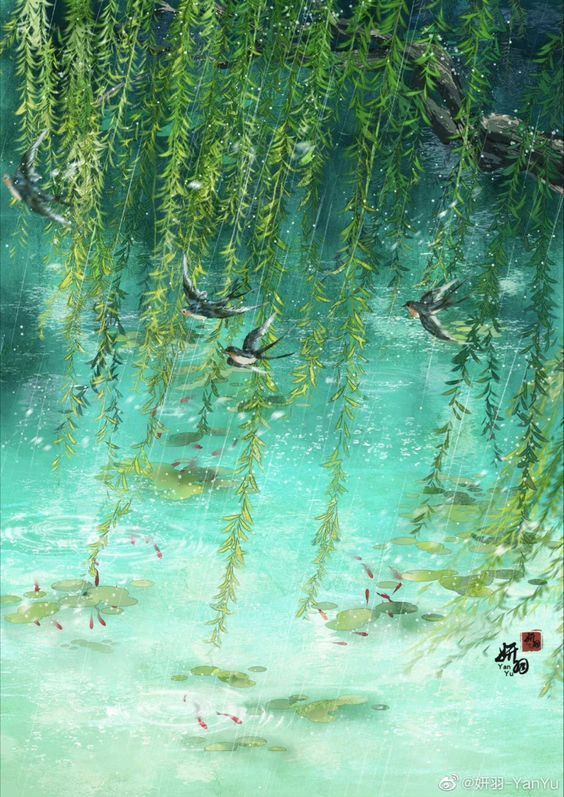
In the far northwest sea of Xuhai lies the Kingdom of Cranes (鶴民國), a land of people only three inches tall. Though minuscule, they are astonishingly swift, able to travel a thousand miles in a single day, their movements as fluid as flight. Yet they live under constant…
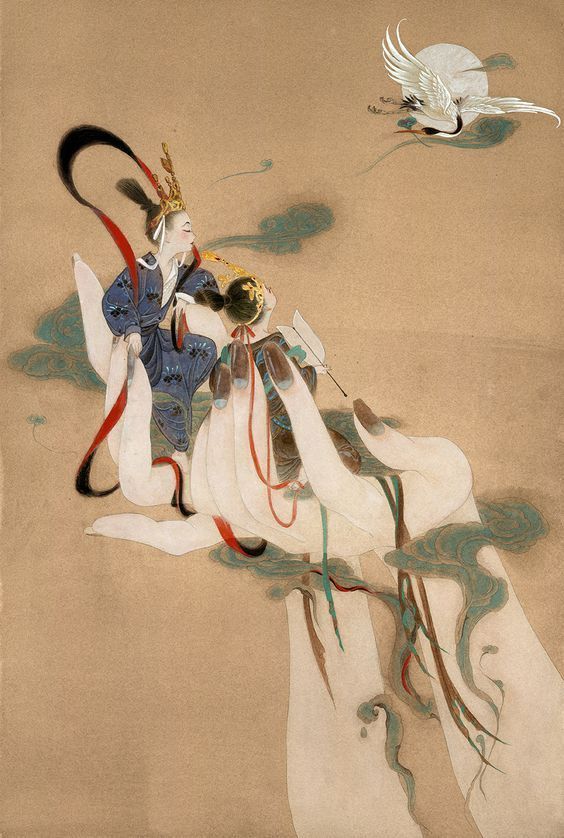
In Chinese mythology, ink holds spirit, and its keepers are the Longbin (龍賓), the Dragon Attendants. Every person blessed with literary talent is said to carry twelve of these divine beings within their ink, guardians of thought and expression. When Emperor Xuanzong spotted a…
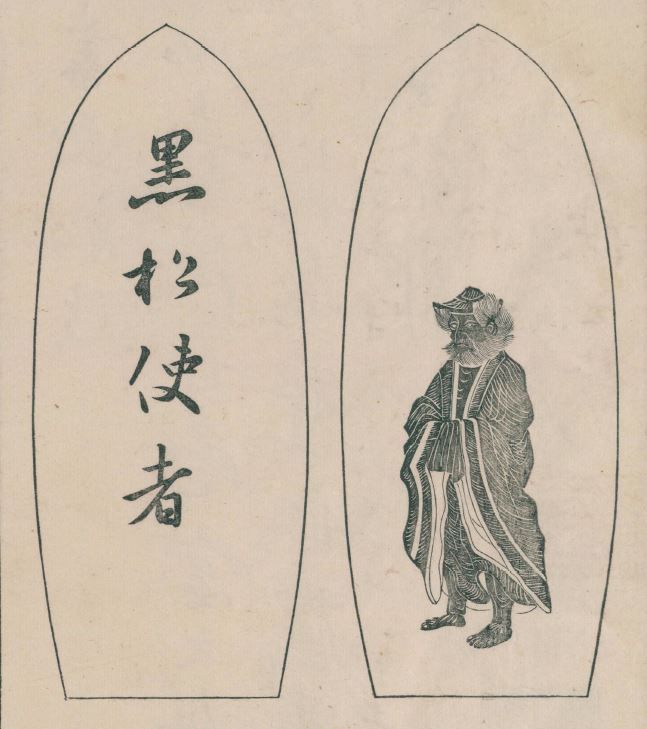
In Chinese folk horror, the Jiangshi (殭屍, Chinese zombies) grows more terrifying with time. At first, it lurches stiffly from its coffin, arms outstretched. But leave it sealed too long, and it evolves: its body sprouts foot-long hair, and it begins to glow as it moves.…
